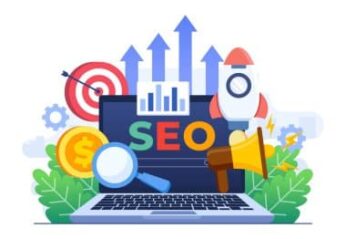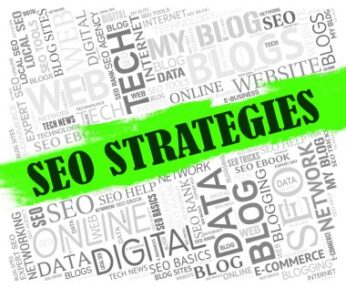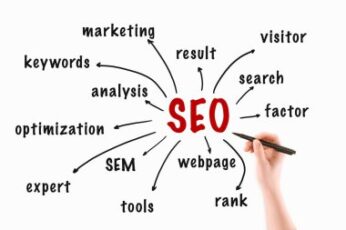If you’ve ever wondered why your website isn’t generating more traffic, the answer may lie in your on-page SEO. At Total Web Partners, we specialize in helping businesses unlock the full potential of their digital presence—and one of the most effective ways to do that is through strategic SEO search engine optimization.
What Is On-Page SEO?
On-page SEO refers to all the elements you can control directly on your website to improve its visibility in search engines like Google. This includes optimizing content, title tags, meta descriptions, headers, internal links, images, and URLs.
Think of it as giving Google a clear roadmap of what your website is about—so it knows when to show your pages in search results for relevant keywords.
Why It Matters Right Now
With more businesses competing online than ever before, having a good-looking website is no longer enough. Your site must also be easily discoverable by search engines—and that’s exactly what on-page SEO helps you achieve.
It ensures your content is not only user-friendly but also optimized for the algorithms that determine search rankings. The better your on-page SEO, the more likely you are to rank higher—and the higher you rank, the more traffic you’ll receive.
User Experience Is Part of SEO
Many business owners don’t realize that search engines also evaluate the user experience of your site. Factors like page speed, mobile responsiveness, bounce rate, and time-on-site all contribute to how Google ranks your pages.
That’s why we take a holistic approach to SEO—ensuring that your site performs well both technically and in terms of delivering real value to visitors.
Content That Converts and Ranks
At the heart of on-page SEO is high-quality content. We help businesses create content that speaks directly to their audience’s needs while naturally incorporating keywords. Blog posts, service pages, FAQs, and even product descriptions—all of these are opportunities to boost rankings and drive more qualified traffic.
Measuring the Results
SEO isn’t guesswork. We track every change, from bounce rates to keyword rankings, so you can see how our efforts translate into tangible business growth. Most clients start noticing improvements in traffic and conversions within 60–90 days of implementation.
Let’s Get Your Site Noticed
Investing in SEO search engine optimization isn’t just about staying competitive—it’s about future-proofing your business. When done right, SEO becomes one of the most cost-effective ways to drive consistent, long-term traffic.
At Total Web Partners, we don’t just optimize your website—we elevate your entire online presence.









